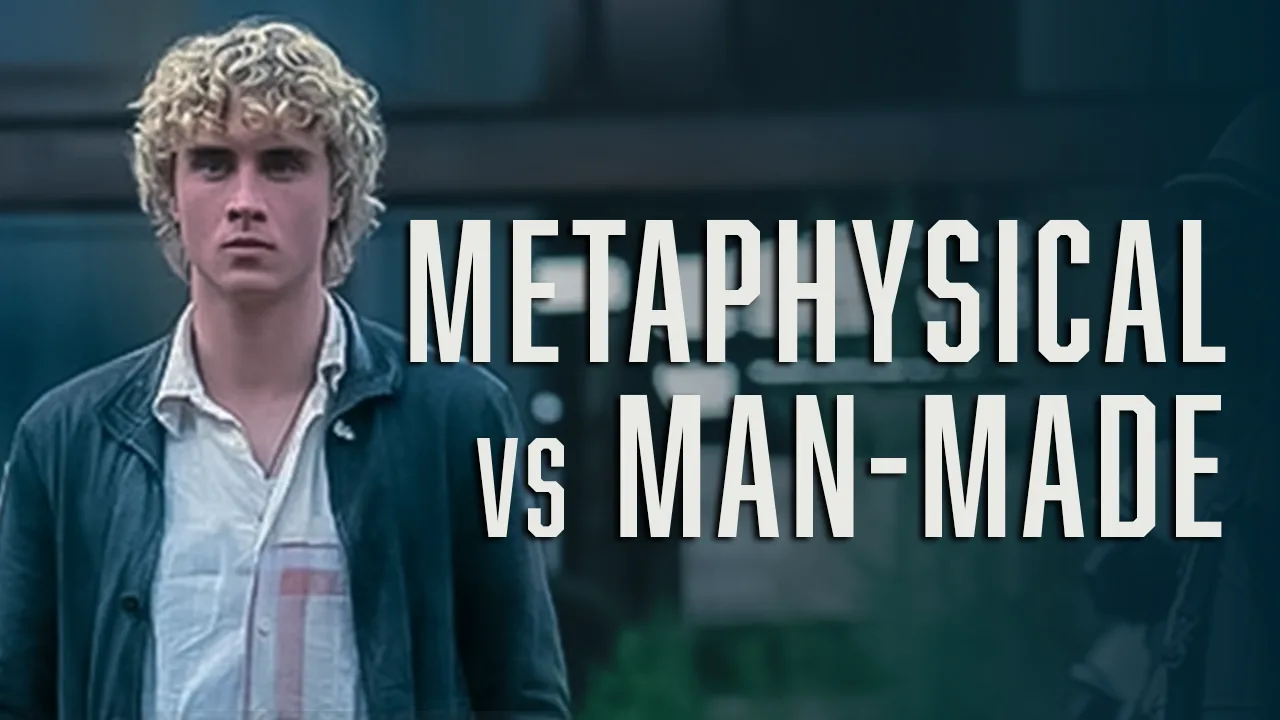Daniel Coyle, in The Culture Code: The Secrets of Highly Successful Groups, presents a compelling case for why some teams are more successful than others. His one-word answer is “culture,” which he defines as “the way that people interact within an organized system.” This, in his view, is the secret sauce in teamwork; a team’s success depends more on the ability to work together than on the aptitudes of individual members.
Coyle uses an insightful example:
A few years ago the designer and engineer Peter Skillman held a competition to find out [why some teams are more successful than others]. Over several months, he assembled a series of four-person groups at Stanford, the University of California, the University of Tokyo, and a few other places. He challenged each group to build the tallest possible structure using the following items: twenty pieces of uncooked spaghetti, one yard of transparent tape, one yard of string, one standard-size marshmallow. The contest had one rule: The marshmallow had to end up on top.
Among the teams invited to compete were business students, lawyers, CEOs, and kindergartners.
Can you guess which team obliterated the competition?
If you guessed the kindergartners, you’re right. They were the most effective at teamwork. Although each kindergartner possessed relatively little knowledge compared to other competitors, the kindergartners were able to leverage the sum total of their individual problem-solving skills.
Coyle, unfortunately, overstates his case when explaining that “our instincts have led us to focus on the wrong details. We focus on what we can see—individual skills. But individual skills are not what matters. What matters is the interaction.” But individual ability obviously matters—how could it not? When individuals work together, they bring their individual skills to the table.
However, Coyle is right to acknowledge the danger of underemphasizing the ability to work with others. One way to think about this is to view cooperation as a set of attributes—as a skill itself. Group activities, from basketball games to military campaigns, are more effective when there’s a high-level of coordinated interaction. And the degree of interactive communication between members—the means by which individual skills are leveraged—separates good teams from great ones.
So why were the other teams less effective?
The reason is that the teams only appeared to collaborate. The business students, for example, were “engaged in a process psychologists call status management. . . . Their interactions appear smooth, but their underlying behavior is riddled with inefficiency, hesitation, and subtle competition.” In other words, the business students were not working together as a unit. When protecting one’s status is a concern in a cooperative endeavor, the team becomes less effective, as we’ll see below.
So how can we improve our ability to cooperate and become more like the kindergartners in the competition? According to Coyle, we need to build safety, share vulnerability, and establish purpose.
1. Build Safety
Creating environments that enable and encourage team members to share constructive input is essential. This is especially true when members themselves might not feel confident that their ideas are worth sharing. In safe environments, more ideas are brought to the fore, and good ones are more easily found. As Coyle notes, “Group performance depends on behavior that communicates one powerful overarching idea: We are safe and connected.”
2. Share Vulnerability
A safe environment allows team members to ask for clarification, express frustrations, and confess their ignorance. That is, safe environments welcome vulnerability—one can seek help without paying a high cost. Communicating vulnerability is key to teamwork. According to Dr. Jeff Polzer, Harvard professor of organizational behavior, sharing vulnerability is:
about sending a really clear signal that you have weaknesses, that you could use help. . . . you can set insecurities aside and get to work, start to trust each other and help each other. If you never have that vulnerable moment, on the other hand, then people will try to cover up their weaknesses, and every little micro task becomes a place where insecurities manifest themselves.
3. Establish Purpose
Establishing a purpose unifies the team around a common, long-term goal. Coyle notes, “High-purpose environments are filled with small, vivid signals designed to create a link between the present moment and a future ideal.”
According to Coyle, implementing these skills enables teams as diverse as the Navy Seals and Pixar to consistently achieve and maintain optimal performance.
This book pairs well with another work by Coyle, The Talent Code: Greatness Isn’t Born. It’s Grown. Here’s How, in which he explains the process for developing individual ability, which he calls “deep practice.” Deep practice incorporates a number of techniques designed to promote rapid, consistent, incremental improvement. Coyle is a clear and engaging writer who has a lot to say about optimizing human potential, whether individually or in groups. Both books are worth checking out. I hope you enjoy them!





